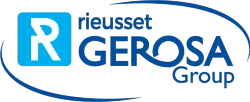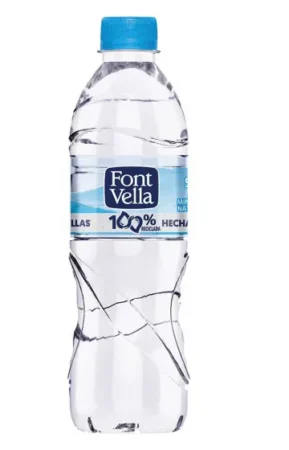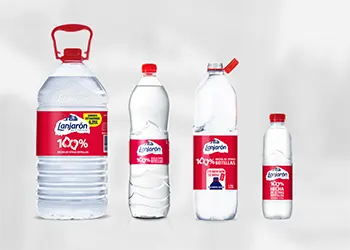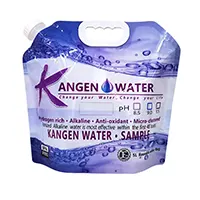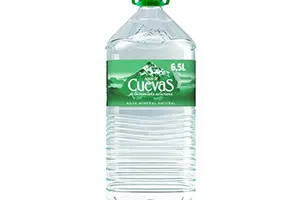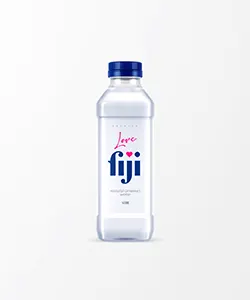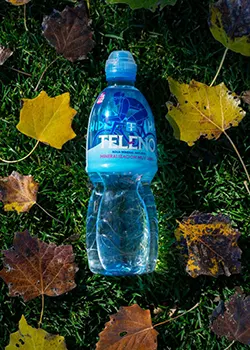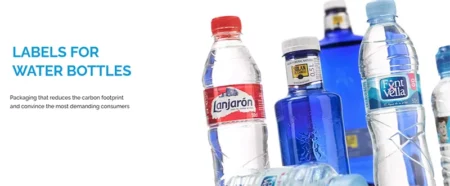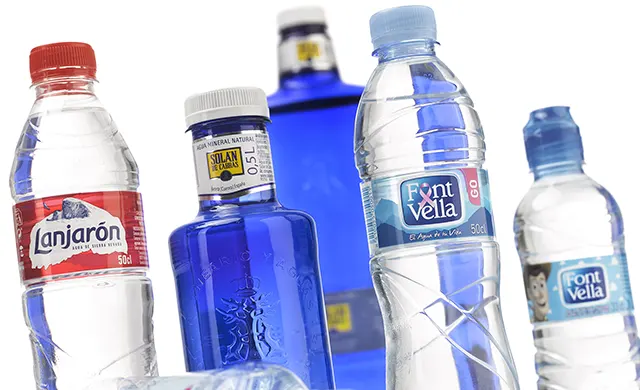
21 Feb Trends in labels and sleeves for bottled water
Situation of the bottled water market
The bottled water sector in Spain began 2022 with the hope of recovering business figures similar to pre-pandemic ones. However, despite starting the year with good forecasts, this recovery was affected by the conflict in Ukraine, the increase in the costs of raw materials and energy as well as by the new tax on non-reusable plastic packaging that came into force this past 1 January 2023 and which has created even more uncertainty in the sector. As a consequence, the post-pandemic growth and recovery that had begun in 2021 slowed down in 2022. Currently, there are companies that remain optimistic and others that show their concern and remain more cautious.
According to the study published by Alimarket in May 2022, the companies most favored by the reality of the water sector continue to be those with a strong presence in retail. According to data provided by IRI 2022, the still mineral water category grew by 2.3% in volume and 2.2% in value, reaching €1,019.4 million. With regard to sparkling water, and according to data provided by the same study, this includes an increase of 13.2% in volume, which reached 133.6 Ml sold, and 15.2% in value, which stood at €84.3 million.
The companies with the greatest presence in the HoReCa channel were able to recover to a considerable extent compared to 2020, although smaller companies have lost up to 8% of their customers.
Trends in the bottled water sector: sustainability and savings format
Looking back, we see that the pandemic brought about great changes in the behavior of bottled water consumers, such as an increase in the purchase of savings formats, at the expense of on-the-go formats that presented a drop close to 25% in 2020, according to data from Alimarket 2021.
Thanks to the considerable improvement in the health crisis, this situation has changed slightly, and during 2021 we saw a recovery of the formats most affected during the pandemic (on-the-go).
Even so, the economic crisis of the recent months has been the final factor that has consolidated savings formats, which are more preferred than ever by consumers, not only because of the economic savings but also because they are a more sustainable option (since they involve less material per liter of bottled water).
Another of the important trends that the sector is experiencing is the great commitment to sustainability and circularity. So far, and according to data from Ecoembes, the sector already registers a 93.8% recycling rate for water bottles of less than 3l and has doubled the amount of recycled plastic in its packaging in one year, currently with a content average of 28% in all of them. This represents an advance –both with regard to volume and time– to the objective set by the EU of 25% in 2025.
Despite the excellent circularity data, and in response to the environmental awareness of consumers, companies in the bottled water sector continue to apply more changes to improve their sustainability.
These improvements consist mainly of substituting the material of the bottles with other more sustainable ones or with 100% recyclable materials and/or recycled ones as is the case of the Font Vella bottle made with recycled material coming from other bottles.
Via Interempresas
Another of the innovations in sustainability is the appearance of anchored caps that encourage the entire packaging to be recycled and which will be mandatory as of July 2024. Lanjarón, of Aguas Danone, is one of the pioneer brands that has already applied the anchored cap in their 1.25l formats. In addition, it uses 100% recycled rPET in its packaging. On their labels, printed at Rieusset, consumers are informed that the bottle is made of recyclable and/or recycled materials.
Via Lanjarón
In addition, the sector is innovating and making large investments in:
- Improving the eco-design of bottles
- Reducing the weight and grammage of the bottles
- Expanding the use of renewable energy
- Reducing the carbon footprint as well as the water footprint
- Promoting the circularity of industrial waste
- Increasing the use of colorless PET and polyethylene to facilitate recycling
As a consequence of the sustainability boom, not only in Spain but globally, the trend for refillable packaging is increasing. According to The Expresswire, the reusable water bottle market is expected to reach $13,265.37 million by 2027.
Trends in labels, sleeves and flexible packaging for water
Next, let’s take a look at the main trends for 2023 in packaging for bottled water:
- Reusable flexible packaging for water. Better known as “water bags”, these are a different and perfect alternative for reducing the amount of material used to bottle water. Although in Spain they have not yet become popular, they represent a more sustainable option, as they are reusable, contain a larger amount of water with less material and are perfect for refilling other smaller containers.
Via Alibaba
- 100% recyclable or recycled paper or plastic labels: Sustainability not only focuses on the bottle, but also on its label. Increasingly, we are seeing plastic or glass bottles with 100% recyclable or recycled paper or plastic labels, as is the case with the recyclable film labels for Agua de Cuevas that we print at Rieusset.
Via Financial Food
- Minimalistic labels. The bottled water sector has joined in with this use of minimalistic designs, with transparent labels and simpler and more elegant designs that contain just the necessary information about the product.
Via 99designs
- Sleeves for ergonomic bottles. The packaging must not only contain and protect the product but must also be designed for its use. In the case of water bottles, the sector is innovating in the shapes of the bottles to provide greater comfort in their use, in addition to setting themselves apart from the competition. Teleno is a clear example, which has designed this bottle specifically for athletes, with a sleeve that adapts perfectly to its shape and that has been printed at Rieusset.
Via LinkedIn
Bottled water: what we do at Rieusset
In response to the current market situation and consumer demands, at Rieusset we have worked to offer bottlers more sustainable water packaging and labeling solutions that adapt to the needs of the public.
We print labels, sleeves and flexible packaging with recyclable and/or recycled materials, mono-materials, with less grammage, labels for larger packaging formats, etc.
Discover everything we can do for you here:
| We Manufacture: | Meet Rieusset: |
